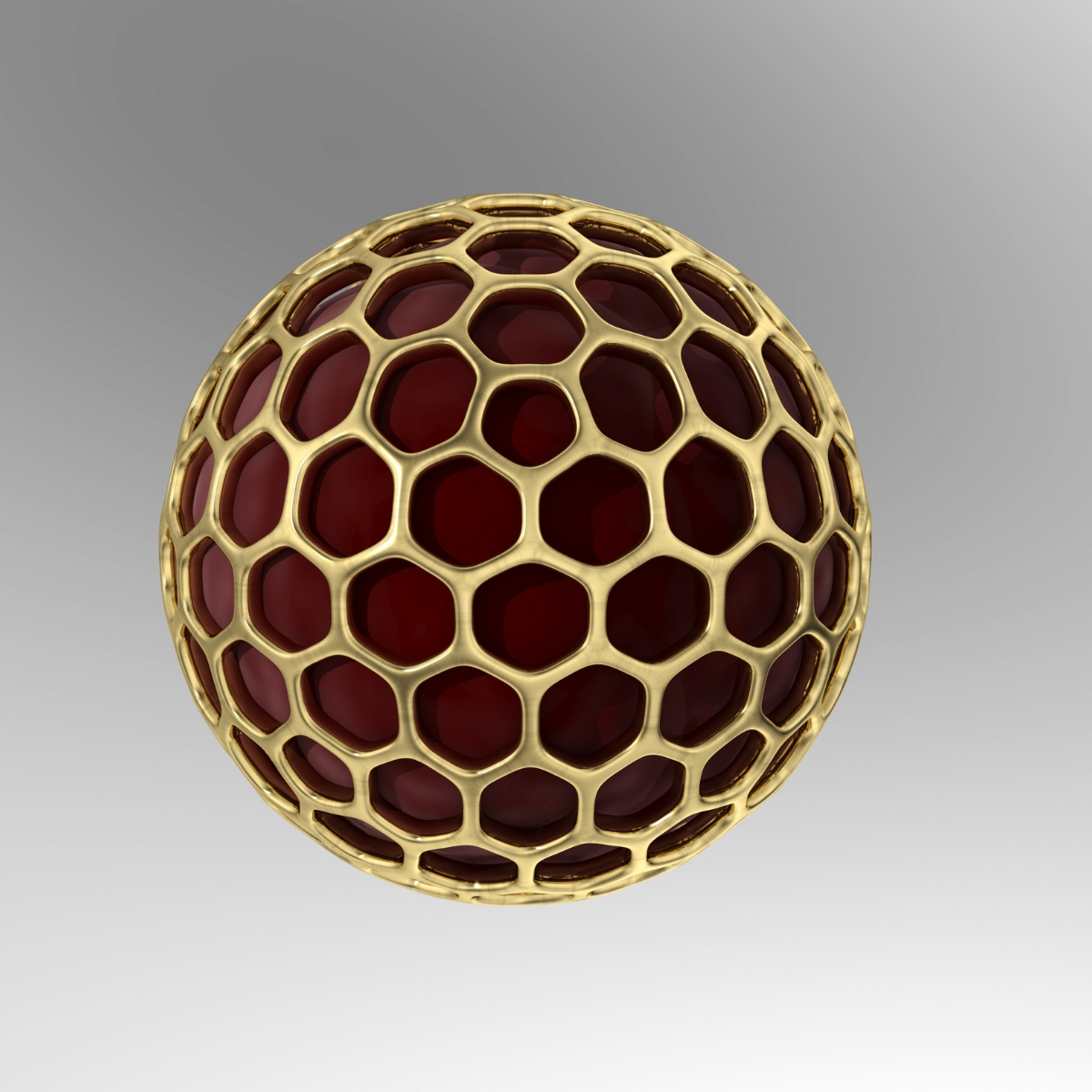Introduction to Gold Nanoparticles
Gold nanoparticles have become one of the most potentials for cancer diagnostics and therapeutics. These aspects of their chemistry make them suitable for applications in biomedicine due to biocompatibility, ease of synthesis, and modifiability of their surface.
How Gold Nanoparticles Work
Detection: It was established that gold nanoparticles improve the selectivity of diagnostic tests. AuNPs when conjugated with specific antibodies or ligands can specifically stick to the target cancer cells. They possess excellent optical characteristics which helps to facilitates improved imaging methods such as SERS and photoacoustic imaging, which aids in early identification of tumors.
Treatment: In cancer treatment, AuNPs are applied for the delivery of anticancer agents and as agents of photothermia. With the use of gold nanoparticles, in which therapeutic agents can be anchored to the nanoparticles’ surface, drugs can reach the cancer cells without harming the surrounding tissues. AuNPs used in photothermal therapy deposit in the tumour and upon exposure to near-IR light, the nanoparticles transform the light into heat to kill cancerous cells.
Advantages of Gold Nanoparticles
High Sensitivity: Gold nanoparticles enhance the efficiency of cancer diagnosis procedures by increasing the sensitivity of the tests to detect cancer cells at early stages which are ideal for effective treatment.
Targeted Therapy: AuNPs also enhance the delivery of the drugs to the specific target tissues, thus minimizing the side effects that are associated with the systemic administration of the drugs.
Minimally Invasive: Such approaches like photothermal therapy by AuNPs are less invasive to tissue compared to conventional surgical procedures hence shorter hospitalization, and enhanced patient experience.
Challenges and Opportunities of Gold Nanoparticles for Cancer Theranostics
Pros:
Biocompatibility: Gold nanoparticles are less likely to elicit a toxic response in the body as compared to other materials, thereby minimizing the likelihood of an adverse effect.
Customizability: Changes in the surface enable selective and purposeful functionalization; hence, AuNPs are effective reagents in cancer therapy.
Enhanced Imaging: AuNPs act as better contrast agents in imaging methods for enhancing diagnosis and tracking the progress of a cancer.
Cons:
Cost: The synthesis and functionalization of gold nanoparticles can be costly a factor that might hinder the application of these materials.
Regulatory Hurdles: There are however some regulatory measures that need to be followed before AuNPs can be used in clinical practices; this makes the process a bit long.
Real-World Examples
Detection: This is true because researchers have created the AuNP-based sensors that are capable of detecting biomarkers linked to prostate and breast cancer with great sensitivity and specificity. These sensors offer quick and oftentimes noninvasive diagnostic solutions.
Treatment: Photothermal therapy of head and neck cancers is under trial by using gold nanoparticles in clinical setting. Initial findings reveal that AuNPs can be employed for tumor ablation and they are non-cytotoxic to the healthy tissues around the tumor site.
Future Prospects
Looking at the future, gold nanoparticles hold a bright future for use in cancer detection and treatment. Studies are still going on to try and overcome existing drawbacks including the size and shape of the AuNPs for increased targeting and reducing the toxicity. The future development of nanotechnology and molecular biology is expected to bring more uses of AuNPs to the field of cancer treatment, as a key component of personalized treatment.
Conclusion
Gold nanoparticles are quite recent when placed in the war against cancer. These characteristics allow new strategies of detection and treatment, and thus perhaps better therapies for cancer that are more accurate and non-massive. Gradually improving research, gold nanoparticles are all set to occupy the central pillar in the fight against this lethal disease.








